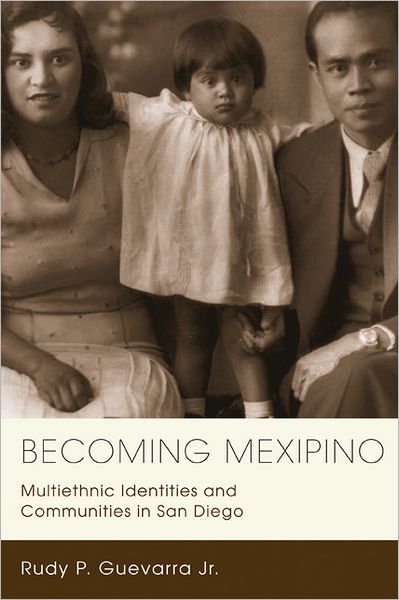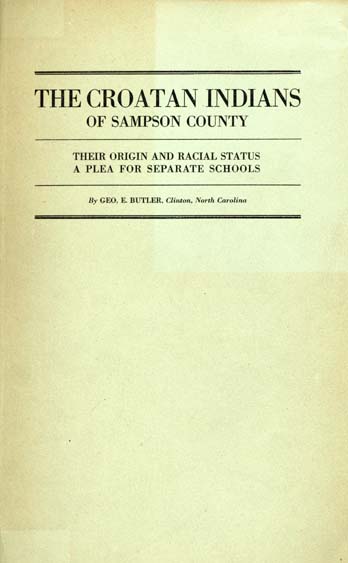The Vigorous Core of Our Nationality: Race and Regional Identity in Northeastern BrazilPosted in Anthropology, Books, Brazil, Caribbean/Latin America, History, Identity Development/Psychology, Media Archive, Monographs on 2012-04-25 01:05Z by Steven |
The Vigorous Core of Our Nationality: Race and Regional Identity in Northeastern Brazil
University of Pittsburgh Press
March 2011
328 pages
6 x 9
Paper ISBN: 9780822961338
Stanley E. Blake, Assistant Professor of History
Ohio State University, Lima
The Vigorous Core of Our Nationality explores conceptualizations of regional identity and a distinct population group known as nordestinos in northeastern Brazil during a crucial historical period. Beginning with the abolition of slavery and ending with the demise of the Estado Novo under Getúlio Vargas, Stanley E. Blake offers original perspectives on the paradoxical concept of the nordestino and the importance of these debates to the process of state and nation building. Since colonial times, the Northeast has been an agricultural region based primarily on sugar production. The area’s population was composed of former slaves and free men of African descent, indigenous Indians, European whites, and mulattos. The image of the nordestino was, for many years, linked with the predominant ethnic group in the region, the Afro-Brazilian. For political reasons, however, the conception of the nordestino later changed to more closely resemble white Europeans. Blake delves deeply into local archives and determines that politicians, intellectuals, and other urban professionals formulated identities based on theories of science, biomedicine, race, and social Darwinism. While these ideas served political, social, and economic agendas, they also inspired debates over social justice and led to reforms for both the region and the people. Additionally, Blake shows how debates over northeastern identity and the concept of the nordestino shaped similar arguments about Brazilian national identity and “true” Brazilian people.
Contents
- Preface
- 1. Introduction: Nordeste and Nation
- 2. The Nineteenth-Century Origins of the Nordestino, 1850–1870
- 3. Racial Science in Pernambuco, 1870–1910
- 4. The Medicalization of Nordestinos, 1910–1925
- 5. Social Hygiene: The Science of Reform, 1925–1940
- 6. Mental Hygiene: The Science of Character, 1925–1940
- 7. Inventing the Homem de Nordeste: Race, Region, and the State, 1925–1940
- Notes
- Glossary
- Bibliography
- Index
In 1921, a future Brazilian bureaucrat named Agamemnon Magalhães asserted in a thesis written for an academic appointment that the northeastern region of Brazil was “a distinct ‘habitat,’ characterized by the rigor of its ecological conditions. Nature is reflected in man, imprinting his features, sculpting his form, forming his spirit.” Magalhães wrote about the Northeast and nordestinos, as peoples of the region were called, as if they had long been thought of as a distinct political and geographic region and people. This was most certainly not the case. Just six years before, in 1915, Brazilian geographers had gathered in Recife, the capital of the northeastern state of Pernambuco, for the Fourth Brazilian Congress of Geography. In the official sessions and papers presented there, geographers referred only to the “states of the North,” the “problem of the North,” and the “droughts of the North.” Magalhães also employed climatic, geographic, and racial determinism to describe nordestinos, calling them the product of interaction between rugged terrain, a harsh climate, and European, Indian, and African cultural and racial influences. Furthermore, he considered the peoples of the region to be “the producers of Brazilian nationality.” In other words, for Magalhães, the mixed-race nordestino was the quintessential Brazilian. This notion ran contrary to conventional wisdom. During Brazil’s First Republic (1889–1930), intellectuals and politicians advanced new understandings of Brazilian national identity that idealized European immigration and racial whitening…
Read the Introduction here.




